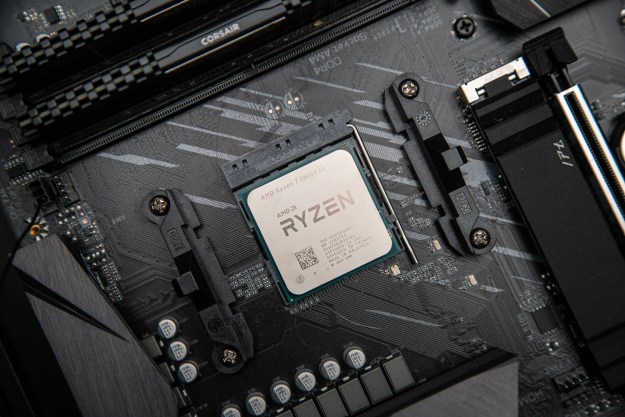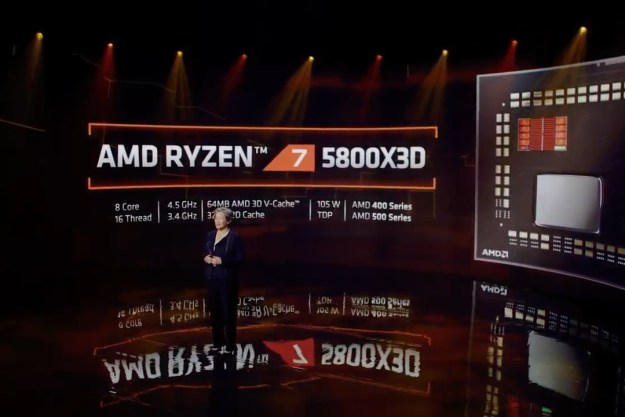Not that the good folks at Digital Trends aren’t snappy dressers in their own way, but most of the 3D-printing applications we tend to write about on a regular basis are more likely to involve rubber band gatling guns than high fashion. But that doesn’t mean that 3D printing isn’t shaking up the world’s catwalks in the same way it’s disrupting other industries.
With that in mind, step forward Monika Januszkiewicz, a fashion student from the U.K.’s University of Huddersfield, who recently created a 3D-printed dress for her final year project — along with a unique app concept which could help change the way we buy clothes.
“The process began with a creative brainstorming and mind-mapping session between me and 3D artist Piotr Dziubek,” Januszkiewicz tells Digital Trends. Based on concepts Januszkiewicz presented, Dziubek created a CAD design capable of being 3D printed. One of the most original touches of the dress is the fact that it is made up of thousands of interlocking scales, printed using a flexible material made by the company Materialise.
“The biggest challenge from a manufacturing perspective was to create [garments with a drape] that are comfortable to be worn,” Januszkiewicz continues. “For manufacturing we used a process called laser sintering as it has allowed us to produce an entire dress formed of the line structure and hundreds of scales in one cycle [which meant] that no further assembling work was needed.”
The other part of the project was a novel app concept that would allow people to exchange 3D clothing files and concepts — a bit like a mashup of Pinterest and GitHub. “The goal was to promote and design a creative space for users from around the globe to interact with each other and share their fashion designs and expertise,” Januszkiewicz says. “The [app’s] goal would serve to make technology accessible to a much wider audience — otherwise digital fabrication within the fashion industry [will] be limited only to the expert user.”
Januszkiewicz says she plans to launch the app in the near future — taking us one step closer to the dream of downloading and 3D-printing clothes in a manner that’s as easy as shopping for existing items online.
Editors' Recommendations
- Nvidia turns simple text prompts into game-ready 3D models
- AMD might be about to launch the most powerful laptop of 2023
- 3D printed cheesecake? Inside the culinary quest to make a Star Trek food replicator
- This is how you can accidentally kill AMD’s best CPU for gaming
- AMD is ready to battle Intel with next-gen 3D V-Cache CPUs



